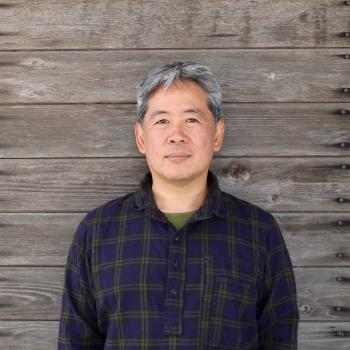Hideo Mabuchi
23 - 28 June 2024
Stanford University
Stanford, California USA
Events
Hideo Mabuchi
Stanford University

Post von Neumann Computing
Physics-inspired architectures leverage nonlinear dynamical systems and stochastic processes as primary components of hybrid solvers for hard optimization problems. The study of such solvers revolves around concepts, models, and methods that are not commonly considered in mainstream algorithmics. While we still lack a big-picture understanding of how physics-based optimization relates to conventional computing, the burgeoning we see today of diverse, highly performant physics-based prototypes provides compelling evidence that we may have much to gain by broadening of the scope of ideas around optimization. This tutorial will provide a pedagogical introduction to the operating principles of the Coherent Ising Machine (CIM) architecture – an optical, hybrid physical-digital heuristic solver for quadratic unconstrained binary optimization (QUBO). I will discuss our current fragmented state of understanding of its strengths and limitations, making an effort to frame these relative to conventional ideas regarding performance complementarity. I will end by discussing some CIM variants, including recent ideas regarding physics-based optimization beyond QUBO.
About the Speaker
Hideo Mabuchi received an AB in Physics from Princeton and a PhD in Physics from Caltech. He served as Chair of the Department of Applied Physics at Stanford from 2010-2016. His early scientific research was focused on understanding open quantum systems, quantum measurement, and the quantum-to-classical transition. In recent years his research group has turned towards fundamental issues of quantum engineering, such as quantum nonlinear dynamics, quantum feedback control and quantum model reduction. Along the way his group has also worked substantially on single-molecule biophysics, quantum information science, and quantum materials. In parallel with directing his group's sponsored research, Hideo has developed a deep personal interest in exploring the interfaces of modern science with traditional craft, aesthetic philosophy and new materialism. He has been experimenting with novel teaching initiatives to help resurrect the ideals of liberal education in the modern university.
